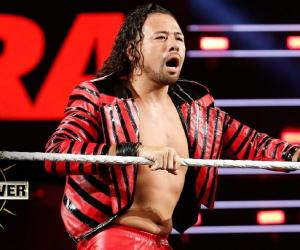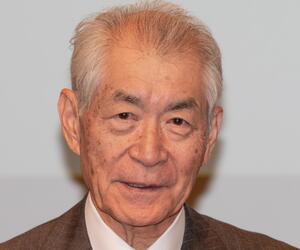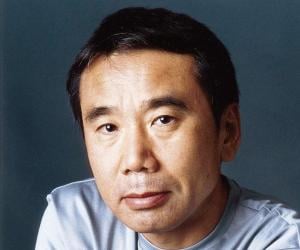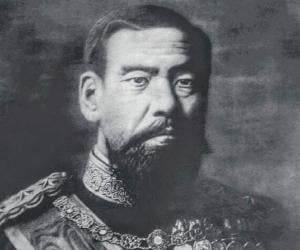Shinsuke Nakamura is a Japanese wrestler best known for appearing in World Wrestling Entertainment (WWE) where he has won several championships, such as the Intercontinental Championship, United States Championship, and SmackDown Tag Team Championship. In 2016, Pro Wrestling Illustrated magazine named him the Most Popular Wrestler of the Year. He is also known for his association with New Japan Pro-Wrestling.
Nobel Prize-winning Japanese immunologist Tasuku Honjo is known identifying the programmed cell death protein 1 and for revolutionizing cancer immunotherapy. Initially part of the University of Tokyo's faculty of medicine, he later taught genetics, immunology, and medical chemistry at several institutes. He was a foreign associate of the U.S. National Academy of Sciences.
Emperor Meiji of Japan presided over the all-round revolutionary transformation of his empire which emerged as a strong force on the global scene during his reign. His policies and actions led to Japan’s rapid growth and ended its isolation from the rest of the world. One of the noted changes during rule was the abolition of special privileges of samurais.
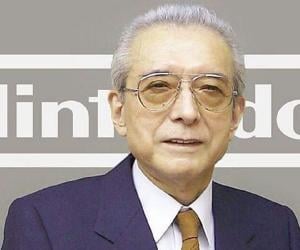
Fusajiro Yamauchi was a Japanese entrepreneur best remembered for founding Nintendo. He also served as the first president of the company. Yamauchi started the company as a hanafuda card-making unit. Nintendo Koppai cards were the only exception in a time when the Japanese government had banned other playing cards due to their association with gambling.
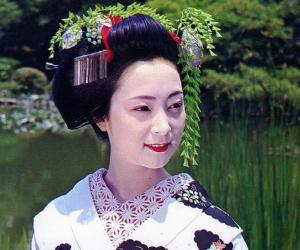
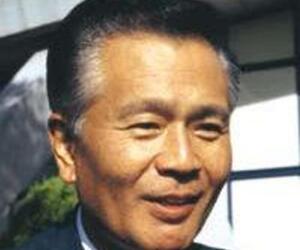
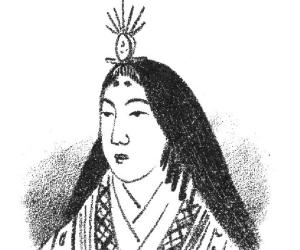
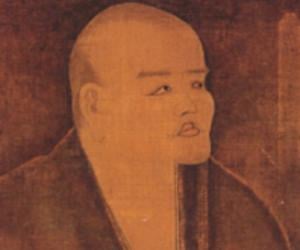
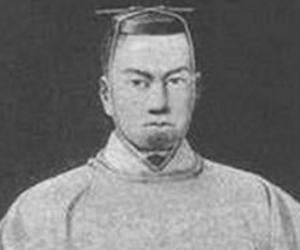
The 121st tennō, or emperor, of Japan, Emperor Kōmei, had a tumultuous reign, which witnessed Japan being pushed to open to the Western world. He was the last Japanese emperor with multiple nengō, or era names. He was known for imposing an order of killing and persecuting foreign traders and officials.
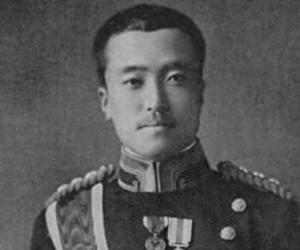
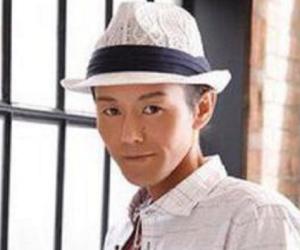
Kōji Wada was a Japanese pop singer best remembered for performing several theme songs for the popular anime television series, Digimon. He had contributed songs to six Digimon anime series, including his most famous single Butter-Fly. Kōji Wada went on to perform internationally before succumbing to cancer in 2016 at the age of 42.

Kumi Koda is a Japanese singer renowned for her R&B and urban pop songs. One of the top-selling artists of her generation, Koda has won some of the most prestigious awards like MTV Video Music Awards Japan and Mnet Asian Music Awards. Over the years, Koda has also established herself as a fashion icon, setting trends like the ero-kakkoii style.
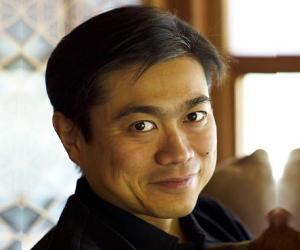
Joi Ito is a Japanese venture capitalist and entrepreneur best known for his association with Internet and technology companies. He is credited with founding several companies like Infoseek Japan, Digital Garage, and PSINet Japan. Over the years, Joi Ito has been honored with several prestigious awards like the Golden Plate Award and the IRI Medal.
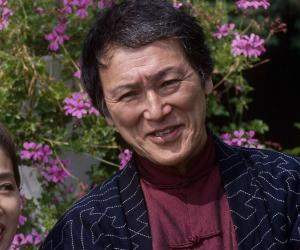
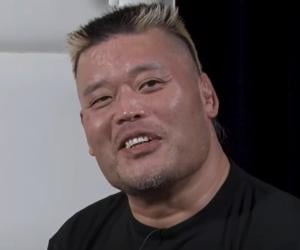
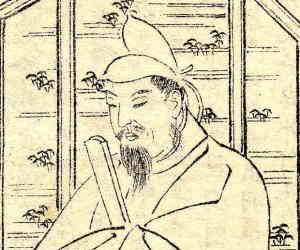
A court scholar, Sugawara Michizane had held various significant posts, such as the governor of Sanuki and the minister of the right. He redefined Chinese literature, particularly Kanshi poetry, but was later exiled to an island for suspected treason. He is revered as the deity of learning and literature, Tenman-Tenjin.
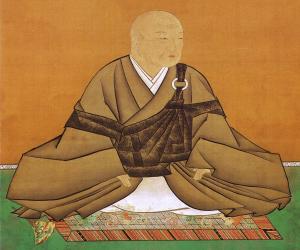
Emperor Go-Mizunoo made history by being the first Japanese emperor to rule throughout the Edo period. Before he acquired the Chrysanthemum Throne, he was known as Kotohito or Masahito. He eventually abdicated the throne for his daughter, Okiko. The Imperial Mausoleum in Kyoto is dedicated to him.

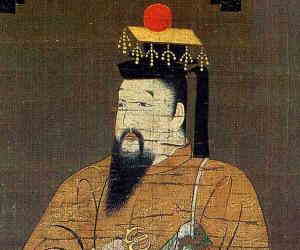
Emperor Go-Daigo reigned as the emperor of Japan from 1318 to 1339. He is best remembered for toppling the Kamakura shogunate and establishing the Kenmu Restoration to restore the Imperial House of Japan back into power. The subsequent fall of the Kenmu Restoration, which was overthrown by Ashikaga Takauji, gave rise to the two opposing factions within the imperial family.
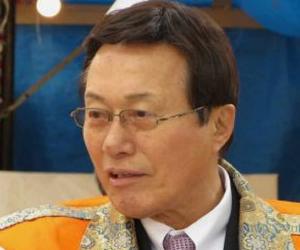

The first son of Japanese emperor Nakamikado, Emperor Sakuramachi reigned during the Edo period. He was known as Teruhito before he took over the Chrysanthemum Throne. People also believed him to be the reincarnation of Prince Shōtoku, and he brought back imperial rites such as Daijōsai and Shinjōsai.
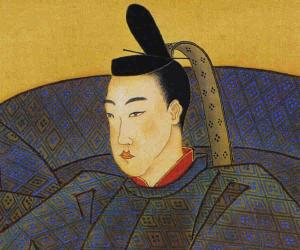
The first son of Emperor Sakuramachi, Emperor Momozono was known as Toohito before he took over the Chrysanthemum Throne. He witnessed the Hōreki Scandal, in which a lot of young nobles were punished for supporting the restoration of direct Imperial rule. He died at the tender age of 22.
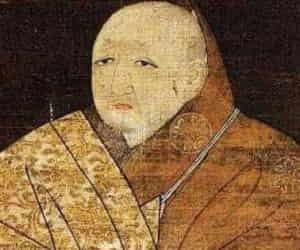
Ashikaga Yoshimitsu, a shogun of the Ashikaga shogunate, unlike his predecessors, was associated with the imperial bureaucracy. His reign witnessed major revolts, while he successfully crushed the pirates and feudal lords who threatened China, thus rekindling Sino-Japanese trade relations. The Chinese recognized him as the King of Japan.
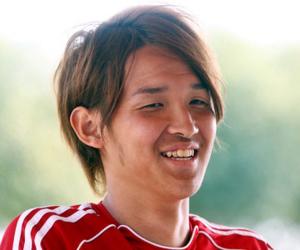
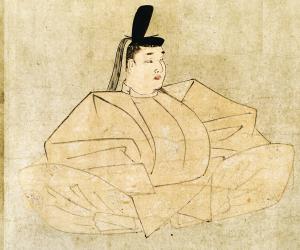
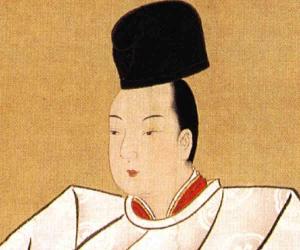
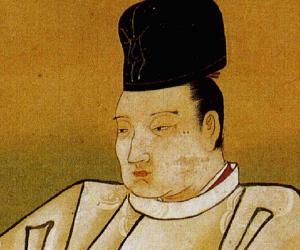
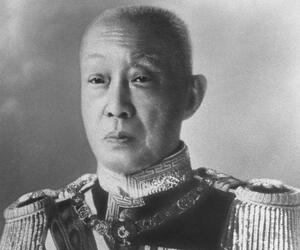
Born into nobility, Saionji Kinmochi came to prominence early in his life when he took part in the Meiji Restoration. He later entered politics and eventually rose to become the Prime Minister of Japan. During his reign, he tried to curtail military expenditure and keep the cabinet under party control. He wielded a moderating influence in Japanese politics even after retirement.
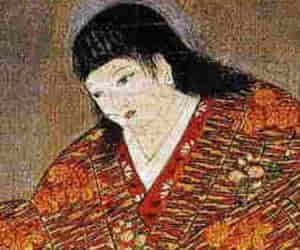
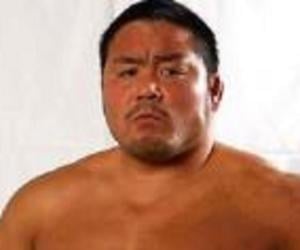

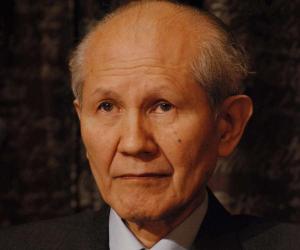
Nobel Prize-winning Japanese organic chemist and marine biologist Osamu Shimomura is remembered for discovering the green fluorescent protein, or GFP. He was also associated with Princeton University and the Marine Biological Laboratory as a researcher and faculty member. He was named to the US National Academy of Sciences, too.
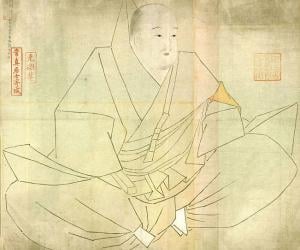
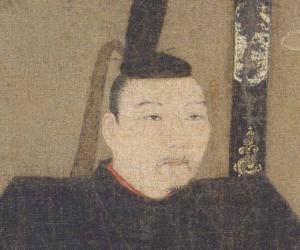
Ashikaga Yoshimasa, a significant figure of the Ashikaga shogunate, ushered in a cultural renaissance in Japan. While he later wished to pass on his authority to his younger brother, his wife demanded their son be made the successor, and the succession dispute eventually led to the Ōnin War.
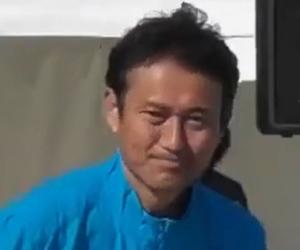




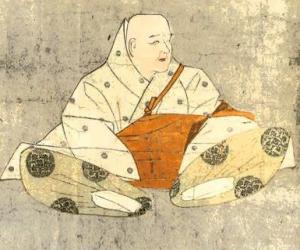
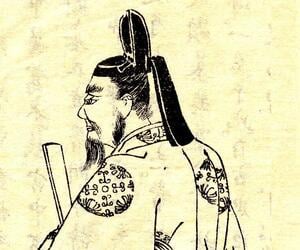
Fujiwara no Michinaga was one of the most influential regents of the Fujiwara clan. Awarded the title Nairan, he virtually took over the governing authority from the emperor and had a good grip over the royalty. His reign also witnessed the creation of some of the richest literary works.

Sōtatsu is best remembered for mingling the Japanese scroll painting tradition, Yamato-e, with the screen painting of the Azuchi-Momoyama period. His works were known for their elaborate use of color, especially gold and silver. He is credited with pioneering the Rinpa school of art, along with Hon'ami Kōetsu.
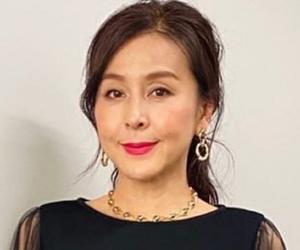
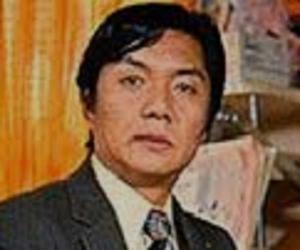
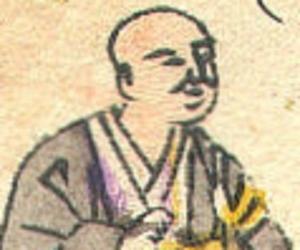

Japanese painter of the Azuchi–Momoyama period Kanō Eitoku was the grandson of Kanō Motonobu, the patriarch and founder of the Kanō school of Japanese painting. His works consisted of the signature gold-leaf ground, with birds, trees, and flowers as motifs. Chinese Lions remains one of his best-known folding-screen painting.
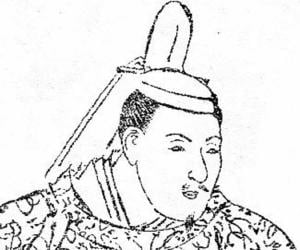
Fujiwara no Teika was a Japanese anthologist, literary critic, calligrapher, novelist, scribe, and poet. Widely regarded as one of the greatest Japanese poets of all time, Fujiwara no Teika was very influential during the late-Heian and early-Kamakura periods. Considered the greatest exponent of the waka form, Fujiwara no Teika's ideas dominated classical Japanese poetry for centuries after his death.
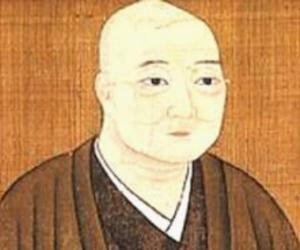
Son of Masanobu, who founded the Kanō school of painting, Kanō Motonobu, too served the Ashikaga shoguns and specialized in suiboku. He also included features of the yamato-e style of Japanese painting in his works. He mostly drew inspiration from landscapes and nature, and also excelled in calligraphy.
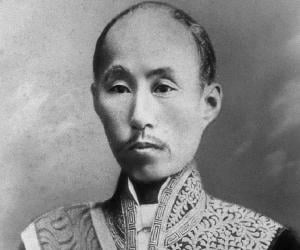
Sanjō Sanetomi was a 19th-century Japanese Imperial court noble. He served as a statesman during the time of the Meiji Restoration and held many high-ranking offices in the Meiji government. He became Lord Keeper of the Privy Seal of Japan after the dajōkan system was abolished and the cabinet system was established.
